Technology Readiness Level: From Idea to Proven System
Navigating the Twists and Turns of Technology Readiness Levels with robots 🤖
Welcome to Climate Drift - the place where we dive into climate solutions and help you find your role in the race to net zero.
If you haven’t subscribed, join here:
Hey there 👋,
Skander here.
Welcome to Part 1 of our 4-part series on frameworks designed to not just understand but to unravel the mysteries of climate solutions.
First up: Technological Readiness Level (TRL).
Ever doodled a groundbreaking idea on a napkin during lunch and then thought, "Now what?" From that initial spark to a proven system - TRL is your roadmap.
Ready to transform scribbles into solutions? Let's dive into the world of TRL. To help us we will bring a robot from sketch to real life.
Time to dive in. 🌊
🚀 If you want to make a difference and bring your talent into climate:
Apply to our next cohort and join the Climate Drift Accelerator.
Interviews and admissions are happening right now.
Technology Readiness Level:
From Idea to Proven System
A short history
The TRL model has a rich legacy. Its roots can be traced back to the pioneering era of space exploration at NASA during the 1970s. Created as a method to measure the maturity and readiness of a technology for space missions, the model has since been adopted by a wide array of organizations.
Since the 2000s, it has been utilized by the US Department of Defense as a scale for procurement and the European Commission advised EU-funded research and innovation projects to adopt the TRL scale in 2010.
How does it work?
The TRL model unfolds like a nine-chapter playbook. It kicks off at Level 1, sketching out the basic principles, then gradually adds layers of complexity and practical application. By the time we hit Level 9, we're no longer in the realm of theory - we have a proven system that works in a real-world environment.
The TRL in praxis
Let’s look at how the TRL is applied in real life: the Australian government is currently using it to rank climate solutions they want to support till 2030.
They use TRL, combined with an extension (Commercial Readiness Index - RDI) to rank solutions from Small Modular Nuclear (TRL 5) to Carbon capture and storage in industry (TRL 8).
Next we will group the levels, explain them with robot gifs and add some climate solution examples.
TRL 1 -3: Basic Technology Research
Level 1: Basic research
Basically just an idea.Level 2: Formulation of the idea and the use cases & applications
At this point we have the idea on paper, and more paper describing how the idea might look like as a solution.Level 3: Proof of feasibility
Aka studies were done. Now we are in the lab and the research has started for real. Concepts are being tried out, components are tested.A good climate example here is fusion - Great idea, clearly formulated, with potential and a lot of studies (some projects are even slowly moving to Level 4).
Some ideas can be stuck at Level 3 for decades (see fusion again).
A lot of the noise (and headlines) in climate solutions are coming from this level. It is a vicious circle: A lot of early studies are pronounced as silver bullets by the media, before they are proven to a larger degree. They go viral, more studies are being picked by the media and blown up.
TRL 4-5: Beginning Technology Development
Level 4: Component or Prototype testing in a lab
Level 5: Component or Prototype testing in a realistic environment
At this point the technology should work - aka we have actual technology.
Now we just need 2 of the core ingredients of progress: time and money. Unfortunately it is often not clear how long a specific technology will need, or if it will be cheap or reliable enough for a large scale deployment.
Typical examples for 4 & 5 in Climate Solutions are Hydrogen Aircraft and Electrified Steel Manufacturing. In the Australia example we have Small Reactor Nuclear.
TRL 6–9: System Development
Level 6: Full prototype tested in representative (realistic) environment
Now we have left the lab, and we have entered a simulated or rebuild environment, a close, but not yet the actual environment.
Level 7: Full prototype tested in operational (actual) environment
Takeoff! Now we have our prototype in its natural environment.
Let’s try to understand these levels with a fan favorite climate solution, the Tidal Energy Generator:
In TRL 5 a small prototype would be tested in a realistic but controlled environment, for example a wave pool.
In TRL 6 a full prototype would be tested near the shore in the sea.
In TRL 7 a full prototype would be put out on deep sea.
Level 8: Rigorous testing in actual environment
Time to put the solution to the test: testing under realistic variables.
Australia categorizes Carbon capture and storage in industry as a level 8 solution. Another example would be the integrated Grid.
Level 9: Actual system proven through successful operations
After a few years of real life use a system is proven - we now know long term problems and benefits of the solution.
An easy climate example of this: passenger EVs that are now already so long on the street that we know all lifecycle issues and are already starting to recycle batteries.
Ah, the TRL scale - it's elegant, it's organized, but let's be real, it's not always a piece of cake to navigate.
Placing a technology on the TRL scale can spark debates, lively discussions, and sometimes, a good old-fashioned argument. Why? Because tech maturity isn't a neat, linear journey from Point A to Point B.
Think of it more like a winding path filled with unexpected twists, forks in the road, and the occasional U-turn. The complexity of the technology, its many possible applications, and how it meshes (or clashes!) with the existing ecosystem can all play a part in how mature it's perceived to be.
Picture this: One expert points to a renewable energy tech, shouting, "It's ready! Look at those successful pilots!" (Level 9 vibes). Meanwhile, another expert jumps in, saying, "Hold on! What about scalability? What about regulations?" (Maybe it's more of a Level 6 situation?).
The TRL scale is a valuable map, but it doesn't always spell out the exact location.
Thank you! Next post, we're diving headfirst into the treacherous terrain of death valleys. These are the pitfalls, the traps, the unexpected twists where many climate tech solutions stumble and fall.
But fear not! Together, we'll navigate through these valleys, uncovering the secrets that can make or break a technology's journey to success.
Skander
🚀 If you want to make a difference and bring your talent into climate:
Apply to our next cohort and join the Climate Drift Accelerator.
Interviews and admissions are happening right now.
PS: Know somebody who might like this? Share this with your friends, family, coworkers.
PPS: If you want to dive deeper into TRL you can do so on Youtube here:


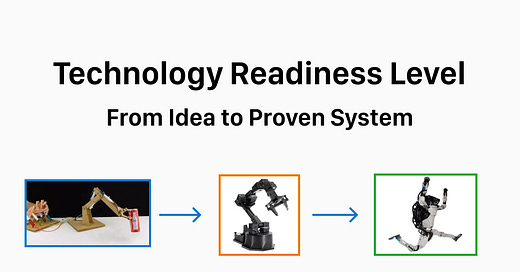




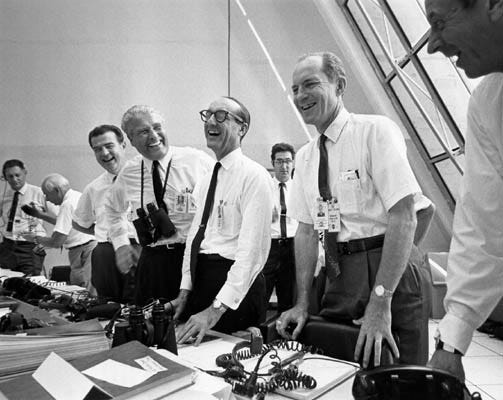




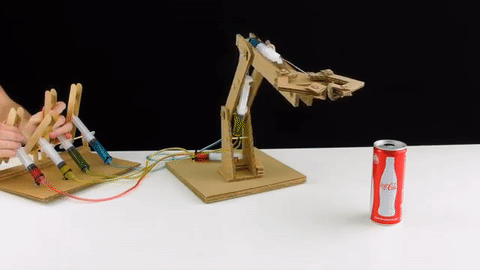

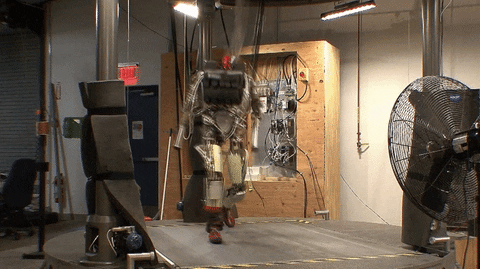

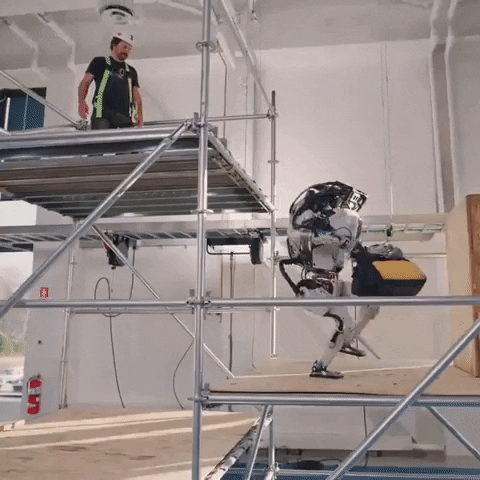
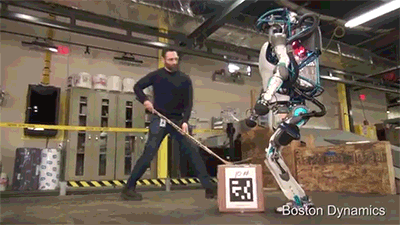

Very informative. Of the few climate tech projects I’m familiar with, it’s fun to place them on this scale with the knowledge that other parties would likely disagree with my opinion of TRL.